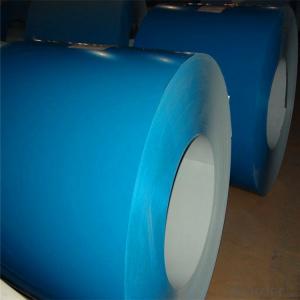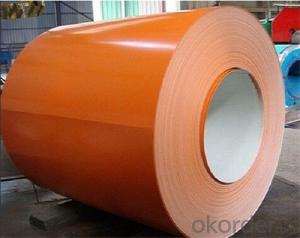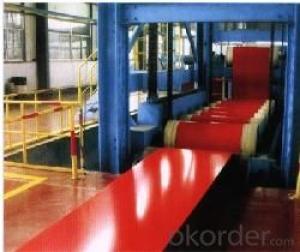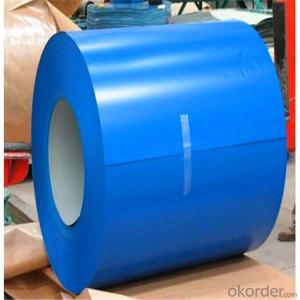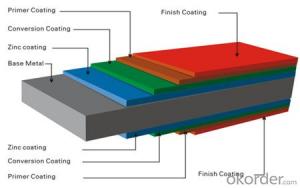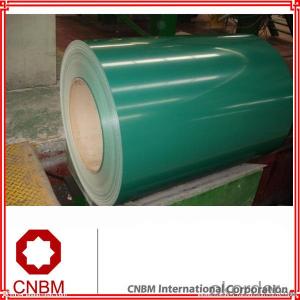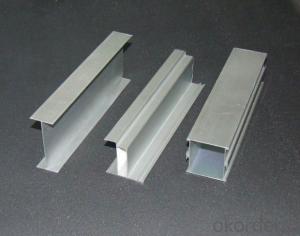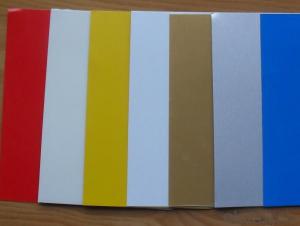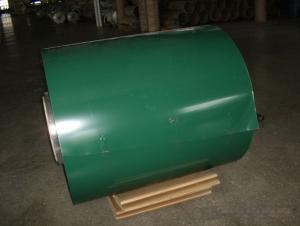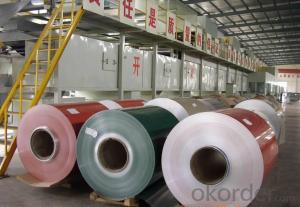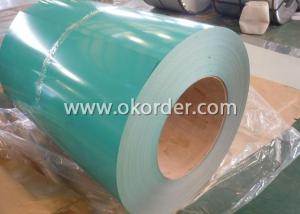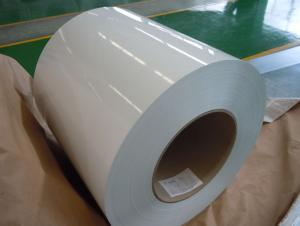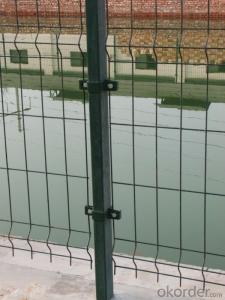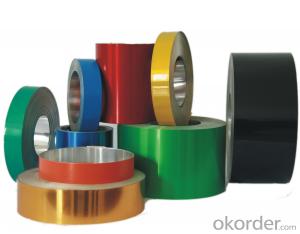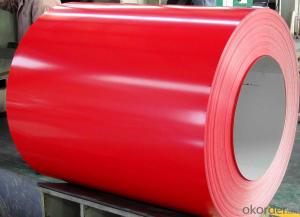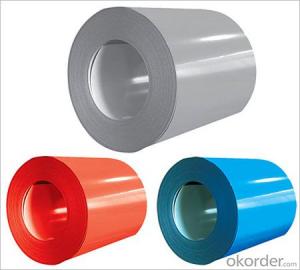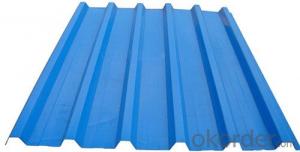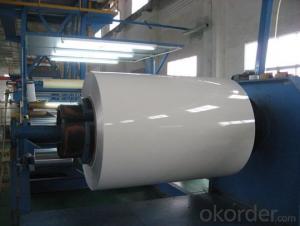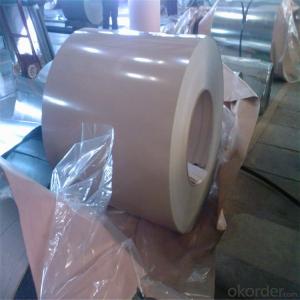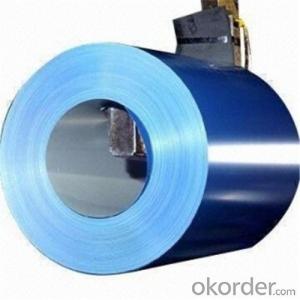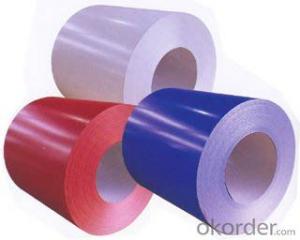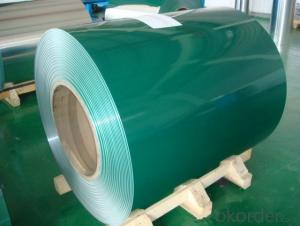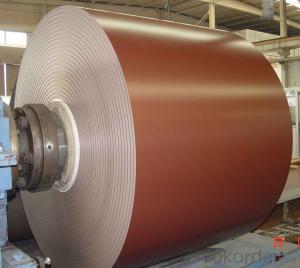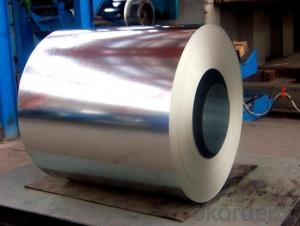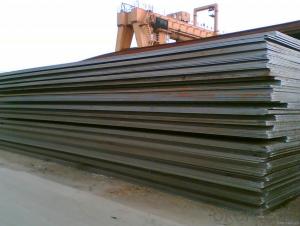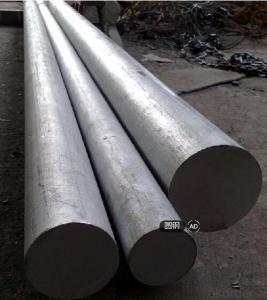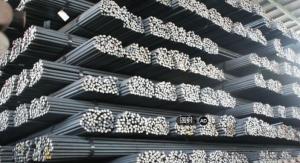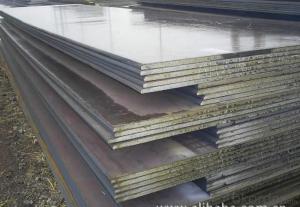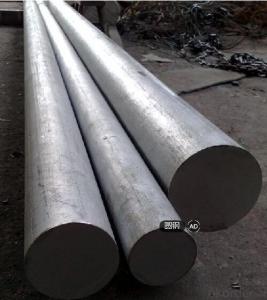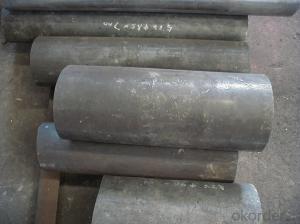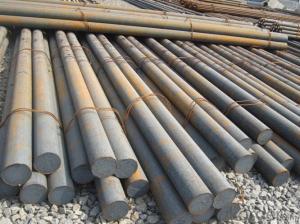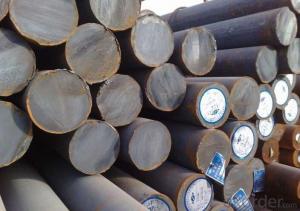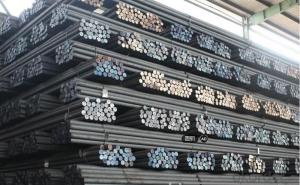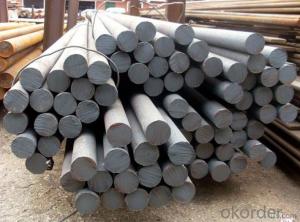ral 9012
ral 9012 Related Searches
Aluminum Coil 3003Hot Searches
Aluminum Roofing Coil Suppliers Grp Roofing Prices Roofing Tar Pricesral 9012 Supplier & Manufacturer from China
Okorder.com is a professional ral 9012 supplier & manufacturer, offers integrated one-stop services including real-time quoting and online cargo tracking. We are funded by CNBM Group, a Fortune 500 enterprise and the largest ral 9012 firm in China.Hot Products
FAQ
- Some of the different surface hardening techniques used for special steel include case hardening, nitriding, carburizing, and induction hardening.
- Yes, special steel can be used in the production of fasteners. Special steel, such as stainless steel or alloy steel, has enhanced properties such as corrosion resistance, high strength, or heat resistance, making it suitable for various applications in industries where fasteners are commonly used.
- The aerospace landing gear industry relies heavily on special steel to ensure safe and efficient aircraft landings. Special steel is essential for providing the required strength, durability, and resistance to extreme conditions. One vital aspect of landing gears is their high tensile strength, as they bear the weight of the aircraft during takeoff, landing, and taxiing. Special steel alloys, such as ultra-high strength steels, are specifically engineered to resist deformation and endure the immense forces exerted on the landing gear. These steels possess remarkable mechanical properties, enabling them to maintain their structural integrity under heavy loads. Additionally, special steel used in aerospace landing gears must exhibit exceptional fatigue resistance to withstand the repeated stress cycles experienced during each landing. Fatigue failure of landing gears can have catastrophic consequences, so the use of high-quality steel ensures an extended service life and reduces the risk of failure. Moreover, special steel alloys used in landing gears must possess outstanding corrosion resistance. Aircraft operate in diverse environments, including humid and salty conditions, which can accelerate corrosion. By utilizing corrosion-resistant steels, the landing gear components can endure these harsh conditions and maintain their performance and safety over time. Furthermore, the unique properties of special steel alloys allow for weight reduction in landing gear components. The aerospace industry constantly strives to decrease aircraft weight to enhance fuel efficiency and performance. Special steel alloys, such as high-strength low-alloy (HSLA) steels, provide the perfect balance between strength and weight, enabling the design of lighter landing gear components without compromising safety or durability. In conclusion, special steel is indispensable to the aerospace landing gear industry due to its ability to provide the necessary strength, fatigue resistance, corrosion resistance, and weight reduction capabilities required for safe and efficient aircraft landings. By utilizing special steel alloys, the industry can ensure the reliability and longevity of landing gear components, thereby contributing to the overall safety and performance of aircraft.
- Special steel performs exceptionally well in surface hardening applications. Due to its unique composition and properties, it can undergo various surface hardening processes like carburizing or nitriding, resulting in enhanced surface hardness, wear resistance, and overall durability. This makes special steel an ideal choice for applications where high strength and improved surface properties are required, such as in automotive components, cutting tools, or industrial machinery.
- The different coating and plating options for special steel include electroplating, hot-dip galvanizing, powder coating, PVD (Physical Vapor Deposition) coating, and ceramic coating. Each option offers unique benefits such as increased corrosion resistance, improved aesthetics, enhanced durability, or specific functional properties, allowing the special steel to be tailored to various applications and environments. The choice of coating or plating depends on factors such as the desired outcome, budget, substrate material, and intended use of the special steel.
- Special steel contributes to improving product performance under extreme conditions by offering superior strength, durability, and resistance to corrosion. Its unique composition and manufacturing techniques enhance its ability to withstand high temperatures, pressure, and harsh environments, ensuring the product's reliability and longevity. Additionally, special steel's exceptional mechanical properties enable it to retain its structural integrity and functionality, even in challenging conditions, ultimately enhancing the overall performance and safety of the end product.
- The heat treatment of special steel alloys presents various difficulties due to their unique composition and properties. One of the primary obstacles is attaining the desired microstructure and mechanical properties while maintaining dimensional stability. Special steel alloys often contain intricate alloying elements and necessitate specific heat treatment processes to achieve the desired properties. Another hurdle involves controlling the rates of heating and cooling throughout the heat treatment procedure. Special steel alloys are often sensitive to rapid or uneven temperature changes, which can lead to distortion, cracking, or the formation of undesirable phases. Hence, ensuring precise control of the heating and cooling rates is crucial to avoid these issues and ensure uniformity in the final product. Furthermore, the presence of alloying elements in special steel alloys can increase their hardenability, making it challenging to achieve the desired hardness consistently across the entire component. Adequate attention must be given to selecting appropriate heat treatment parameters, including temperatures, soaking times, and quenching media, in order to achieve the desired hardness and prevent excessive hardness gradients. Additionally, special steel alloys are prone to oxidation and decarburization during heat treatment due to their high alloy content and exposure to elevated temperatures. These reactions can result in surface defects and a decrease in carbon content, thereby impacting the final properties of the alloy. Consequently, careful control of protective atmospheres or heat treatment environments is necessary to prevent such issues. Moreover, the size and shape of components made from special steel alloys can pose challenges during heat treatment. Large or intricately shaped components require careful consideration of heating and cooling methods to ensure uniformity in microstructure and properties throughout the entire component. This may involve the use of specialized furnaces, fixtures, or heat treatment cycles to overcome these challenges. In conclusion, the challenges involved in heat treating special steel alloys encompass achieving the desired microstructure and mechanical properties, controlling heating and cooling rates, managing hardenability, preventing oxidation and decarburization, and addressing the size and shape of components. Overcoming these challenges demands a comprehensive understanding of the alloy's composition, properties, and the application of appropriate heat treatment techniques.
- Special stainless steel, also known as superalloys, possess several unique characteristics. Firstly, they exhibit exceptional resistance to corrosion, making them highly durable and long-lasting in harsh environments. Additionally, they have high strength and toughness, allowing them to withstand extreme temperatures and pressures. Special stainless steel also demonstrates excellent heat resistance, making it suitable for applications in high-temperature environments. Furthermore, these alloys often exhibit superior chemical stability, resistance to wear and tear, and excellent mechanical properties, making them highly versatile for various industrial applications.
